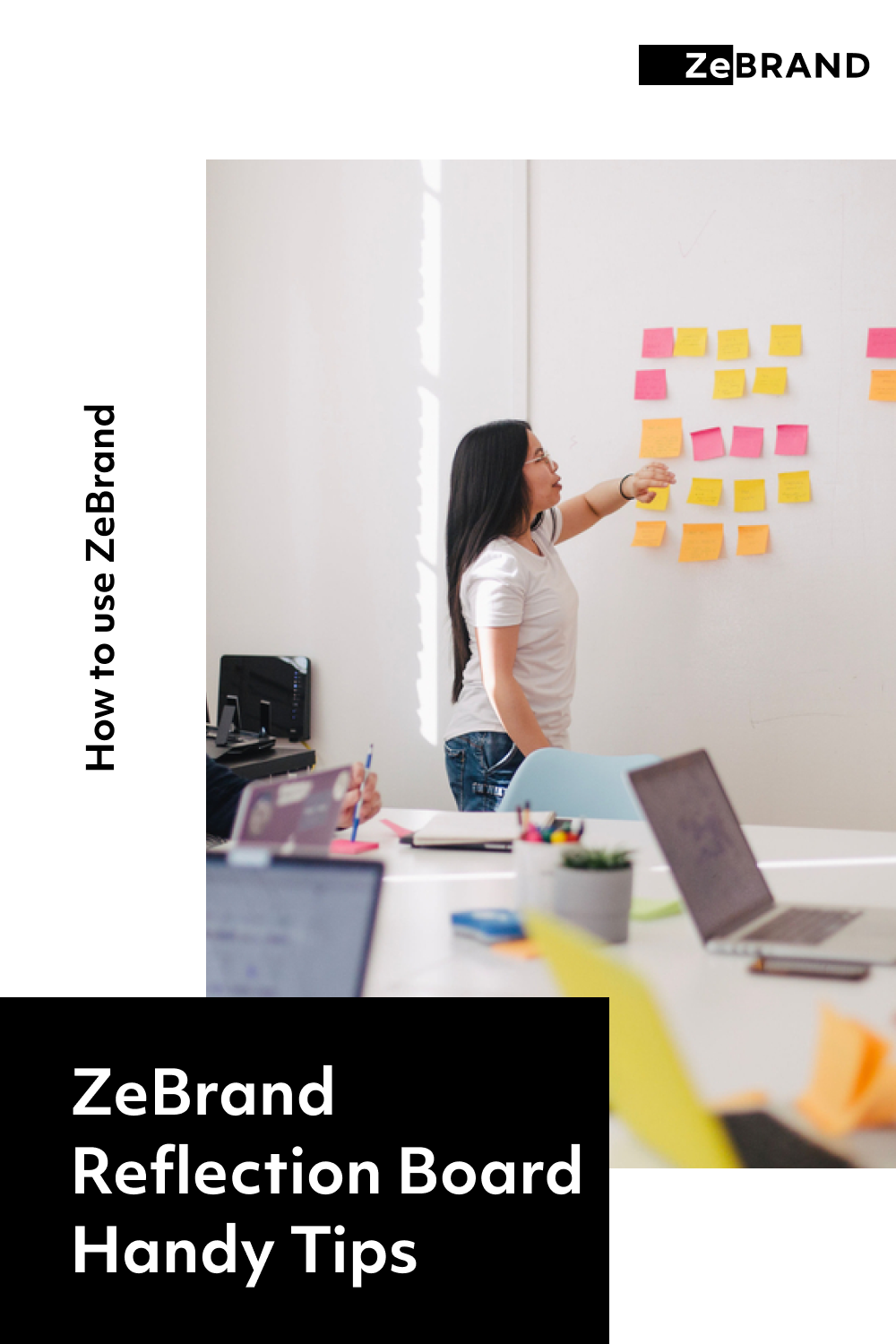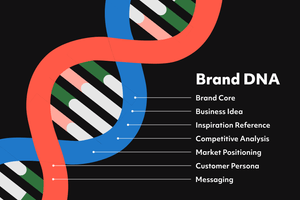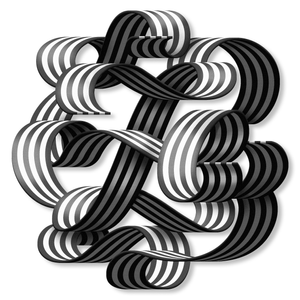ZeBrand's Brand DNA Business Idea - Handy Tips

Work on the business idea framework with your team
Business Idea (Time required - 30min with a team)
What you do on this Business Idea framework
This exercise allows you to reflect on your business and what makes it unique. By gaining clarity on key factors like customers, potential partners, revenue models and resources, you get to an understanding of what makes your business different.
What you get by filling out this framework
・Clarity and alignment on your business model
・An idea of what makes your business unique
・The ingredients of a good brand strategy
Use this fill-in-the-blank form to help you respond to the questions asked in the Business Idea framework. Of course, you can do it your way without using this format, but this is a useful guide.
The WHY section consists of three boxes
1. REASON
The first one is REASON - the main motivation for starting your business.
・After realizing that (observation about the world, industry or people), I/we decided that (customer target) needed (the solution to the problem).
For example: After realizing that many people were tracking their physical health but not their mental health. we decided that busy professionals needed more awareness and control over their emotions too.
2. OFFER
The second box is OFFER - what you provide to your customers, product or service.
・ I/We created a (your product in a few words) that (functions) so that (customer target) can (customer benefit).
For example: We've created wearable technology that helps track your mood and allows you to examine the data when you get home so that busy professionals can keep track of your mental wellbeing.
3. EDGE
The third one is EDGE - how do you offer something new or better than what already exists?
・In a market where (describe the ways in which your competitors do things the same way or are falling short), we provide (describe what makes your product or service unique) through our unique (the approaches, technology or features that allow you to deliver your point of difference).
For example: In a market full of meditation apps and virtual doctors, we provide a platform that enables you to make everyday life changes by combining wearable technology and a community of people who want to do good.
The next section of the Business Idea framework is WHO - the people who are essential to the success of your business.
1. TARGET AUDIENCE
The first box is about your TARGET AUDIENCE.
Who’s your ideal customer? Who would your product be perfect for?
2. CUSTOMERS
The second one is about CUSTOMERS. Who are they? What do they care about? What are their daily lives like?
・Our customers are (Feel free to describe your customer in the best way you see fit).
For example: Our customers are busy professionals in high-stress professions like finance, law, or even marketing.
3. COMPETITORS
The third one is about your COMPETITORS. List all the competing brands, products, services and methods that your customers would use to solve the same problem that your brand does.
・ Customers might be using other solutions that aren’t even in your industry or on your radar. For example, a competitor for a new bike company might actually be the public subway system.
4. COLLABORATORS
The fourth box is your COLLABORATORS. Who would be helpful in reaching your business goals?
These could be:
・ People with access to technology or other resources you can borrow or use
・Organizations that your customers often interact with
・Industry associations and bodies
・Intermediaries or ‘middle people’ that your customers use to access products or services
・Aggregators that recommend different products or services to your customers
・Organizations and people that your customers trust to help them make decision.
For example:
・Non-profit mental health orgs
・Psychologists and psychiatrists who provide advice for product improvement
・The University Incubator
・Industry unions that have contact with company HR departments
The last section is HOW. This consists of the three parts RESOURCES, REVENUE and REACH.
1. RESOURCES
First, RESOURCES - what will you need to make your product or service a reality?
・(What skills are critical to your success?)
・(What are the raw materials or inputs to your product?)
・(What technology will you use?)
・(What intellectual property have you developed or do you need?)
・(What are some tools that your business relies on?)
・(What are the absolute must-haves?)
For example:
・Dedicated intellectual property that we developed in our research thesis
・Access to the University Prototyping Labs
・Partnerships with medical professionals that can provide on-demand advice
2. REVENUE
Next is REVENUE. What is your revenue model for monetizing your business? What will your pricing be like?
There are many possible revenue models. Here are some:
・One-time purchase
・Subscription fee
・Payment for services performed
・Platform access fee
・Consulting Fee
・Membership fee
・App downloads
・Add on services/ In-app purchases
・Rental
・Advertising Revenue
For example:
・One time device purchase at $237.99 + a monthly subscription fee of $6.99
3. REACH
The last element is REACH. What channels and methods will you use to connect with customers and collaborators?
Here are some examples:
・Face-to-face conversations
・Participation in industry events
・Reaching out through professional networking platforms like LinkedIn
・Participation in online communities
For example:
・Reach out to HR departments and consultancies that advise on organizational culture through LinkedIn
・Face-to-face conversations with university partner



